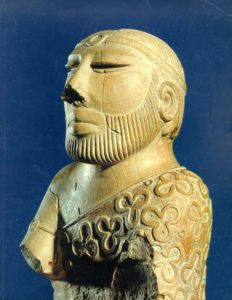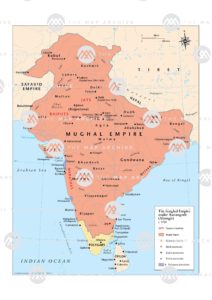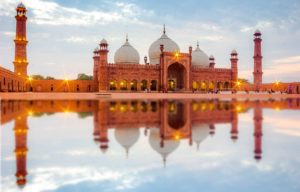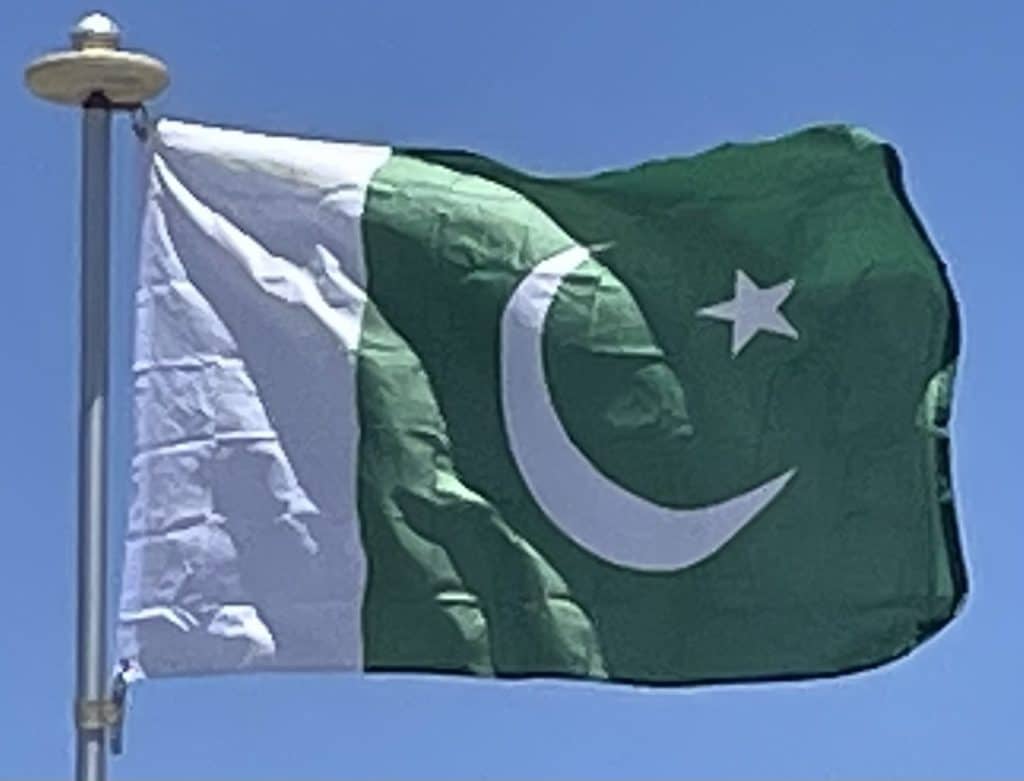
The Vedic period (1500–500 BCE) was characterized by an Indo-Aryan culture; during this period the Vedas, the oldest scriptures associated with Hinduism, were composed, and this culture later became well established in the region. Successive ancient empires and kingdoms ruled the region: the Persian Achaemenid Empire (around 519 BCE), Alexander the Great’s empire in 326 BCE and the Maurya Empire, founded by Chandragupta Maurya and extended by Ashoka the Great, until 185 BCE. The Indo-Greek Kingdom founded by Demetrius of Bactria (180–165 BCE) included Gandhara and Punjab and reached its greatest extent under Menander (165–150 BCE), prospering the Greco-Buddhist culture in the region.
At its zenith, the Rai Dynasty (489–632 CE) of Sindh ruled this region and the surrounding territories. The Pala Dynasty was the last Buddhist empire, which, under Dharmapala and Devapala, stretched across South Asia from what is now Bangladesh through Northern India to Pakistan.
Islamic Conquest:
The Arab conqueror Muhammad bin Qasim conquered Sindh in 711 CE. The Early Medieval period (642–1219 CE) witnessed the spread of Islam in the region. These developments set the stage for the rule of several successive Muslim empires in the region, including the Ghaznavid Empire (975–1187 CE), the Ghorid Kingdom, and the Delhi Sultanate (1206–1526 CE). The Lodi dynasty, the last of the Delhi Sultanate, was replaced by the Mughal Empire (1526–1857 CE).

The Mughals introduced Persian literature and high culture, establishing the roots of Indo-Persian culture in the region. In the early 16th century, the region remained under the Mughal Empire ruled by Muslim emperors. By the early 18th century, increasing European influence contributed to the slow disintegration of the Mughal Empire as the lines between commercial and political dominance became increasingly blurred.
During this time, the English East India Company had established coastal outposts. Control over the seas, greater resources, technology, and British military protection led the Company to increasingly flex its military muscle, allowing the Company to gain control over the subcontinent by 1765 and sideline European competitors. Expanding access beyond Bengal and the subsequent increased strength and size of its army enabled it to annex or subdue most of region by the 1820s.

Many historians see this as the start of the region’s colonial period. By this time, with its economic power severely curtailed by the British parliament and itself effectively made an arm of British administration, the Company began more deliberately to enter non-economic arenas such as education, social reform, and culture. Such reforms included the enforcement of the English Education Act in 1835 and the introduction of the Indian Civil Service (ICS). Traditional madrasahs—primary institutions of higher learning for Muslims in the subcontinent—were no longer supported by the English Crown, and nearly all of the madrasahs lost their financial endowment.
Colonial Period:
The gradual decline of the Mughal Empire in the early 18th century enabled the Sikh Empire to control larger areas until the British East India Company gained ascendancy over South Asia. A rebellion in 1857 called the Sepoy mutiny of Bengal was the region’s major armed struggle against the British Empire and Queen Victoria. Divergence in the relationship between Hinduism and Islam created a major rift in British India that led to motivated religious violence in British India. The language controversy further escalated the tensions between Hindus and Muslims. The Hindu renaissance witnessed an awakening of intellectualism in traditional Hinduism and saw the emergence of more assertive influence in the social and political spheres in British India. A Muslim intellectual movement, founded by Sir Syed Ahmed Khan to counter the Hindu renaissance, envisioned, as well as advocated for the two-nation theory, and led to the creation of the All-India Muslim League in 1906.
